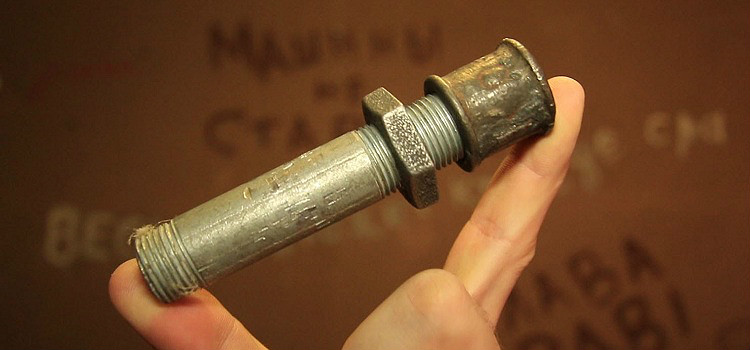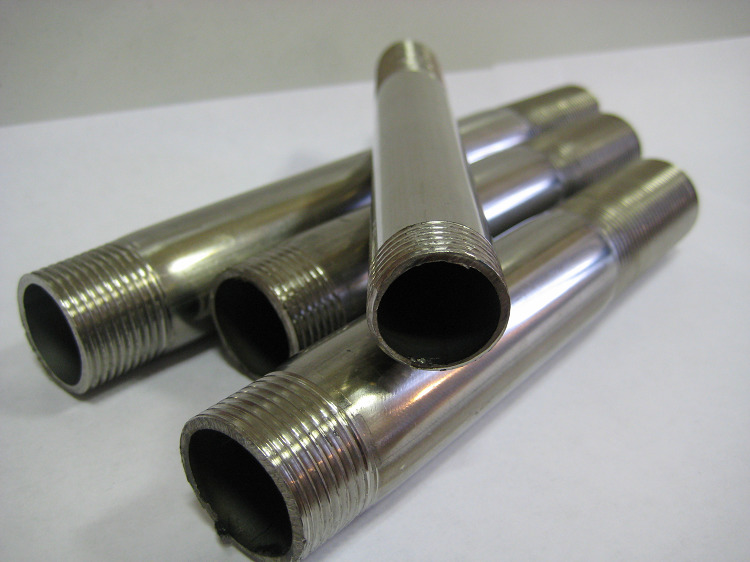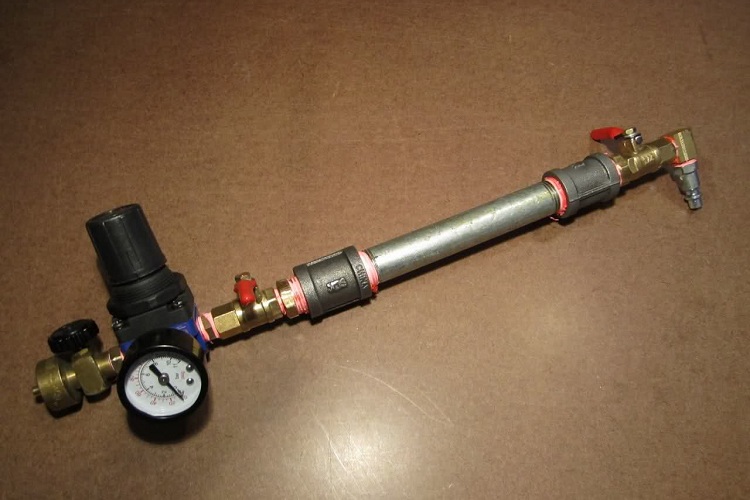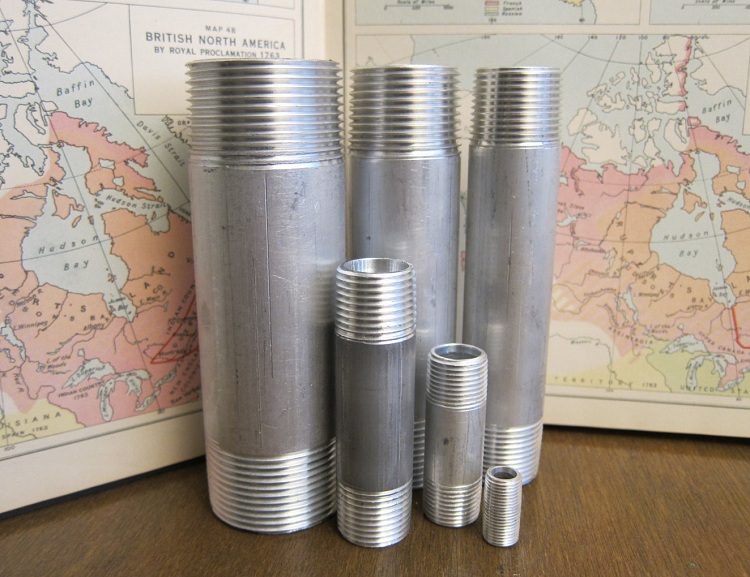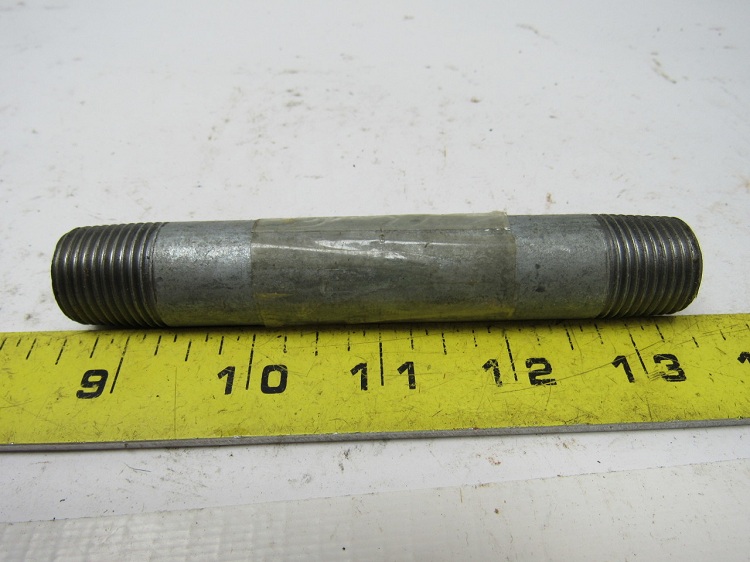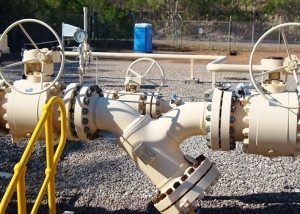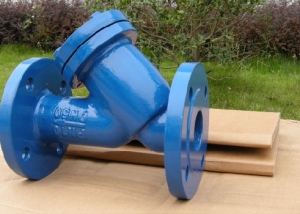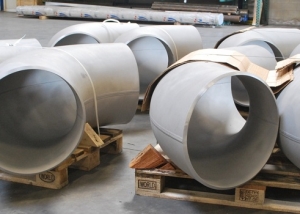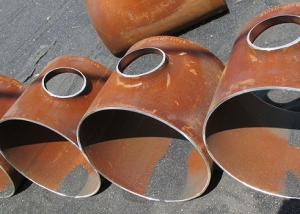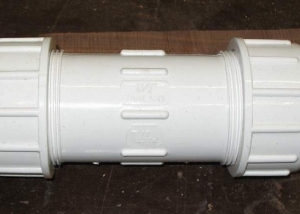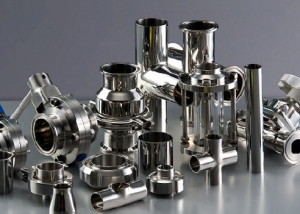When installing pipelines of various functionality, auxiliary parts are used for joining, branching and adjusting the flow. Among the list of these elements, fittings are given an important role. These include pipe runs. These blanks are well known to plumbing specialists due to their ease of use. But, like the rest of the details, they have their own technical characteristics and conditions of use.
Content
Pipe Coupling Features
Plumbing - a connecting piece for joining pipes when arranging communications, preventing leaks. The integrity and reliability of the entire system, as well as the ease of connecting individual nodes, largely depend on it. To date, several varieties of pipe jointing and elimination of depressurization have been developed, including steel overhang. The main types of metal pipe joints:
- With welding.
- No welding (via threaded connections).
The connection of pipes and ball valves without the use of a welding machine is carried out by various means:
- adapters;
- threaded couplings;
- rotary parts;
- adapters;
- flanges;
- branch pipes;
- bends;
- barrels;
- fittings;
- driving out.
With proper matching, using correctly selected connecting elements, the pipeline ensures tightness and durability of operation without leaks. Externally, squeezing is a common threaded part resembling other tube blanks. The fundamental difference is a small thread at one end and wide on the back. With its help, various connections are made, for example, with a coupling and a lock nut on a long thread. On short, you can put a plug or build up the pipeline.
The main advantage of these metal billets is assembly without welding for fixed pipelines. These parts are indispensable where pipes cannot be turned. Recently, as an alternative to sgony, an "American" or universal threaded connection is used. But in different sections of the pipeline, both methods can be used.
Bends often help to replace ball valves without welding. To do this, a threaded workpiece is mounted on one end of the crane, and a coupling with a lock nut on the other. When tightening, the seal is wound.
Attention! It is inappropriate to use a large number of threaded connections, especially in sections of the pipeline with high pressure, this increases the likelihood of leaks.
Standardization of drives
The release of these parts is regulated by several standards.
- Water fittings are manufactured in accordance with DIN 16961.
- Drivings are produced according to GOST 8969-75 from metal pipes intended for water and gas pipelines (other non-aggressive environments) according to GOST 3262-75.
- The diameter and thickness of the walls of the pipes vary, therefore, connecting parts with different parameters and type of connection are produced to them, black and galvanized.
- The connection of pipes without welding is permissible where low pressure (gas, water, steam up to 1.6 MPa.) And temperature no higher than 175 ° C.
Plumbers are also called a long thread carving on the eyeliner for plumbing fixtures. Conditional division of standard runs:
- compensating;
- short
- long.
Compensating overhangs equipped with long threads are used when connecting to plumbing, radiators and other products to minimize deviations. You can replace them with non-standard segments of 170 mm and 190 mm and nozzles of 170 mm and 130 mm. The deviation within 50 mm, which is detected when installing plumbing and heating equipment, is acceptable.
Note! Stainless steel parts last 3 times longer than carbon steel sheds, and twice as long as galvanized steel. The higher cost of steel billets from stainless steel is more than offset by a long service life. On sale, you can also find blanks made of cast iron, brass and copper, which are more resistant to aggressive environments.
The most demanded standard sizes (conditional diameter) accepted at us and abroad:
- DN15 (1/2 inch);
- DN 20 (3/4 d.);
- DN 25 (1 inch);
- DN 32 (1 and 1/4 d.);
- DN 40 (1 1/2 days);
- DN 50 (2-inch squeeze).
For more accurate parameters, refer to the standardization table according to GOST 8969-75, where the weight of the workpieces and the form of supply are indicated. This will help optimize transportation costs.
Steel shear on a short thread has 5-6 cutting turns (7-17 mm), on a long thread - about 20 (up to 85 mm). Compensating blanks may have increased parameters. Threading is done through a lathe or industrial equipment.
Advantages and disadvantages of connecting pipes on the drives
The main advantages of articulating a fixed pipeline on a thread:
- during installation, it is easy to do without special equipment (welding machine):
- do not need the qualifications of a welder and extensive experience in the installation of pipelines;
- it is enough to comply with technology and recommendations for joining pipe billets;
- without welding, a reliable joint of the pipes is obtained;
- after work, a collapsible block remains, simplifying the further repair of this section of the pipeline.
Among the minuses, experts note the likelihood of leakage due to leaks by means of a lock nut.
Attention! An important condition for a quality connection is the exact correspondence of the dimensions of the parts, therefore the parameters of the pipes at the connection point are important. The recommendation of a specialist on the length of the run - it should be slightly longer than the gap.
Methods of connecting pipelines to the drive
The plumbing fixtures differ from other pipe blanks in that they have a thread applied on the outside. It is very convenient in work, for example, when installing a ball valve with a drive. However, in large pipelines, mounting on flanges is preferable, especially when it is necessary to make a collapsible joint. A coil is wound around the coupling between the coupling and the nut to finally secure the joint.
The standard connection method when mounting a valve or ball valve involves the use of a drive with a sleeve and locknut and a short thread on the other hand to fit into the pipe. As a sealant use a sanitary tow, greased with solid oil or a special paste. The prepared base is combined at the ends with the rotation of the coupling.
Sometimes it is necessary to dismantle part of the pipeline to remove rust and other blockages in the system. Then the steel shafts with the clutch and locknut disassemble and fix the problem. It is better to replace the outdated part with a new one, without waiting for a leak and other complications. The block is removed with a lever wrench.
For open areas of the pipeline in an apartment or a private house for aesthetics, it is recommended to use a product with corrosion protection.That is, not an ordinary plumbing fixture, but nickel-plated. To ensure tightness, it is important that the workpieces and pipes coincide along one axis.
